More than 300 delegates from across the world gathered in the Assembly Rooms in Edinburgh last weekend to attend the Consumption to Conception conference as part of the World Angus Forum 2017. Issues such as changing consumer needs and market specification took centre stage.
Global food security
Professor Julie Fitzpatrick, director of the Moredun Institute, highlighted the importance of livestock in global food security. It is estimated that by 2020, the global population will rise to 9bn, which will see 30% more water required, 30% more energy and 50% more food. Julie pointed out that at the moment over one-third of the global food production is lost through waste. If we reduced the loss of food through waste, we would only need to increase food production by around 20%. She also highlighted the need for sustainable intensification – more food, fewer inputs and less waste.
Changing consumer needs
The second speaker was Tom Slay, agricultural manager at Marks & Spencer. He outlined the importance of understanding changing consumer needs. He said that with the growth of online avenues, everything is instant, and the producer must be agile to meet these needs.
He said global meat consumption has increased by 1.4% in 2017, but beef is still growing slower than poultry in the UK, with an increase of 6% in Ireland this year. Customers are trading down to the cheaper cuts of meat due to convenience and ease of cooking.
Tom said Marks & Spencer is looking for carcase balance in the meat it buys, as smaller cuts of meat are fulfilling the customer’s needs. As Tom put it, consistent carcases fall straight into the pack to the shelves, and there is no waste and excess trimming needed. Tom also highlighted the positive assurance for producers of Aberdeen Angus Beef, with 79% of consumers recognising Aberdeen Angus as shorthand for quality.
One sample for life
Dr Johan De Meulemeester of Allflex led with the idea of one sample for life. He said consumers are losing trust in food from animal origin, so traceability for consumers is key. A study was carried out in France in 2015 asking consumers what was traceability, and two-thirds of those in the study wanted to know the origin of the animal.
If a DNA sample is taken from the animal at birth, throughout the production chain at any point that meat can be DNA-matched and provide verification giving consumers an added guarantee, according to Johan.
He also gave food for thought on the growing popularity of farmers’ markets, pointing out that they fulfil a key consumers criteria, the idea of the produce coming straight from the farm to the customer.
Monitoring animals
The second half of the day began with Professor Robert Smith from the University of Edinburgh. He outlined the importance of monitoring animals to improve farm management in regard to fertility, health and feed for breed improvement and to assess/validate welfare claims such as lameness.
Focus on consumer
Rob Drysdale from West Point Farm Vets is a past Nuffield scholar who runs an integrated beef system of mainly Hereford genetics. He too outlined the importance of concentrating on the customer and ensuring the consistency of the product. The importance of consistency was a clear message from Rob, who pointed out that in factories today chickens have a 2-3% tolerance, while meat stands at 30% tolerance due to the different carcase weights and sizes.
Feed conversion
Professor Richard Dewhurst of Scotland’s Rural College (SRUC) spoke about feed conversion efficiency in beef cattle. The cost of feed conversion efficiency stands at between £500 and £1,000 per animal, making it one of the largest variable costs. Richard said it is believed that the genes in the rumen are influenced by the animal’s genes. There are compounds produced in the rumen that affect tissue metabolism which at 37% stands as the largest component of feed efficiency. Richard said waste is a key problem, with 13.6% of beef carcases too fat in 2010. This serves as a double whammy – feeding animals too long produces excess fat that then has to be trimmed.
Getting it right at farm level
Gavin Hill, senior beef specialist at SRUC, reiterated the need to get it right at farm level in order to provide consistent products to the processor. DNA was again highlighted as the unique selling point of Angus. It is given a premium in the marketplace. Market specifications are also changing, with deadweight limits of 400kg/420kg, and Angus can fit into these parameters very easily. Gavin outlined the importance of adapting on the farm to have the right system for the environment and to suit the market.




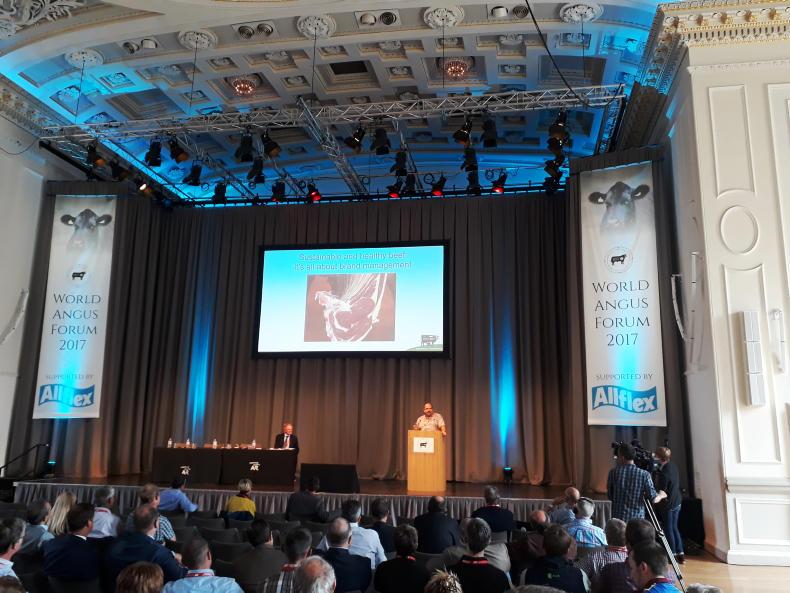
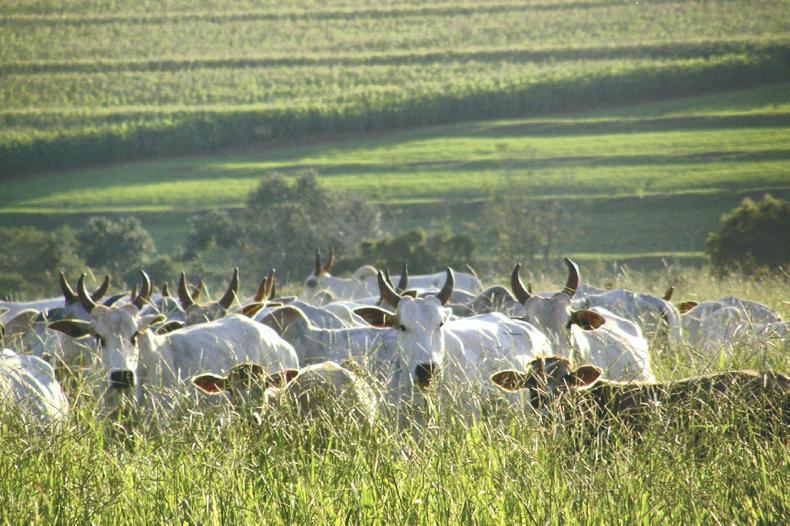

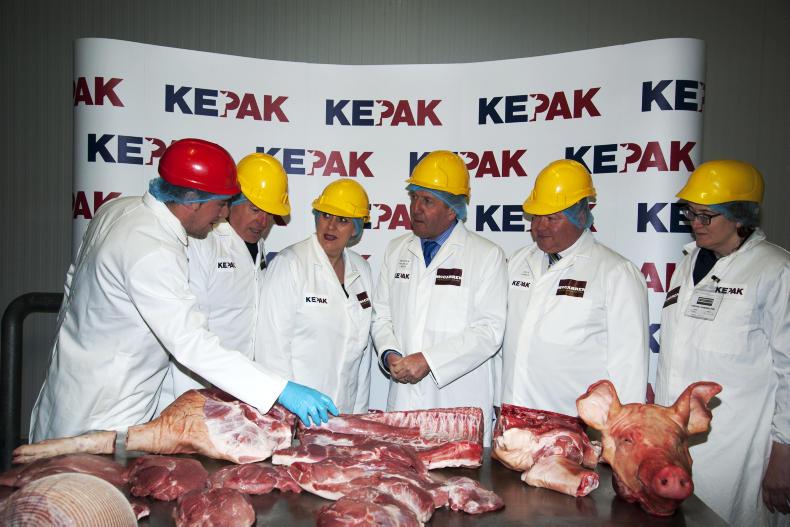
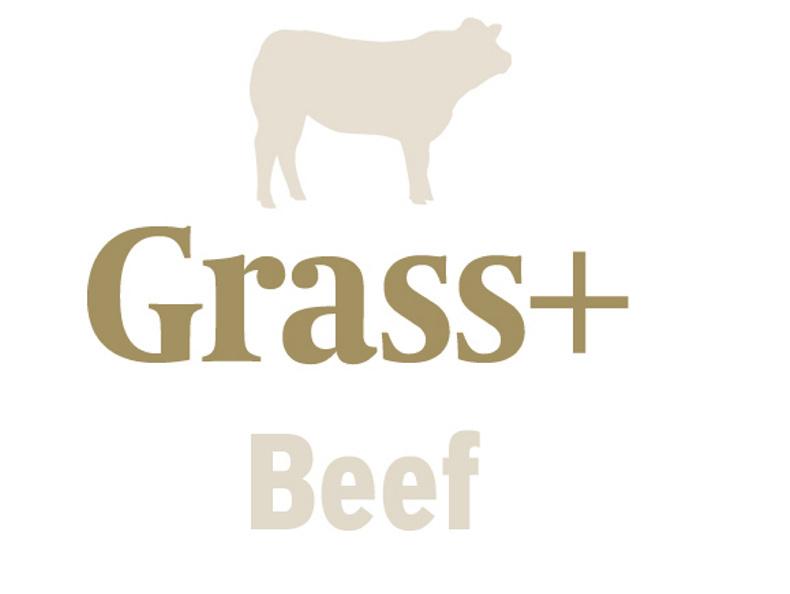
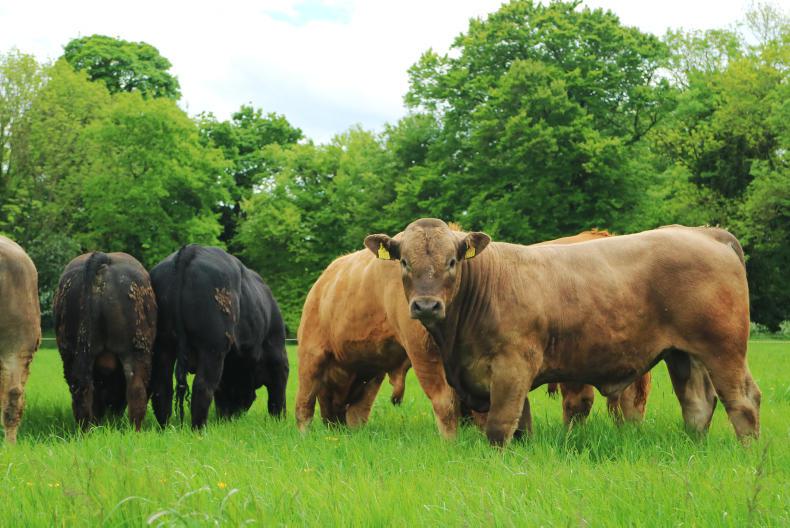
SHARING OPTIONS